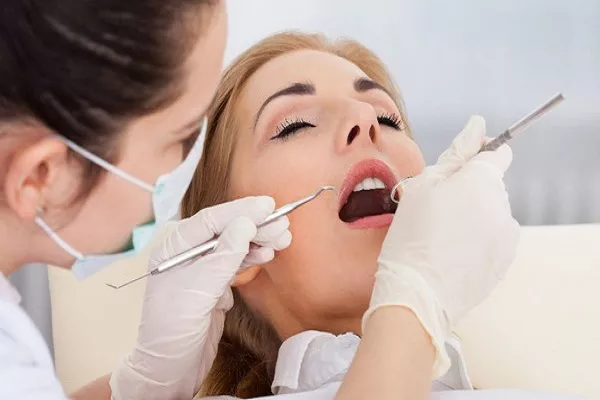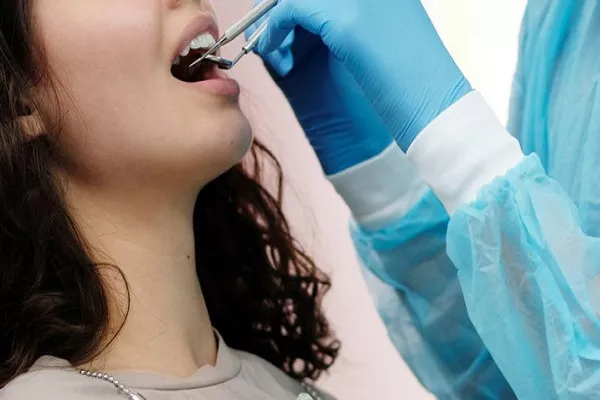In the realm of oral health, one of the critical aspects that individuals often contemplate is the timing for dental implants after a tooth extraction. This article aims to provide a thorough exploration of this topic, shedding light on the optimal duration for undertaking dental implant procedures post-extraction. Understanding the nuances of the healing process and the right moment to proceed with dental implants is crucial for ensuring long-term success and overall oral well-being.
Immediate Placement of Dental Implants: Myth or Reality?
The notion of immediate dental implant placement has gained traction in recent years. However, it’s imperative to dissect this concept and discern whether it aligns with the principles of sound oral health. Contrary to popular belief, immediate implantation may not be suitable for everyone. Delving into the reasons behind this and elucidating on the specific cases where immediate placement is feasible adds depth to the discussion.
1.1 Bone Density and Immediate Implants:
To comprehend the feasibility of immediate implant placement, it’s pivotal to consider bone density. Scientific studies suggest that patients with ample bone density may be better candidates for this approach. Citing relevant research findings on the correlation between bone density and the success rates of immediate implants enhances the credibility of this information.
1.2 Case-by-Case Assessment:
Acknowledging the uniqueness of each patient’s oral condition is crucial. Conducting a case-by-case assessment, taking into account factors like the location of the extracted tooth and the patient’s overall health, guides practitioners in making informed decisions. Presenting real-world case studies exemplifies the importance of tailored approaches in dental implant procedures.
The Standard Waiting Period: Balancing Healing and Implantation
For a considerable number of individuals, adhering to the conventional waiting period for dental implantation post-tooth extraction is the preferred approach. Explicating the reasons behind this standard waiting time and elucidating on the intricacies of the post-extraction healing process contributes to a comprehensive understanding.
2.1 Osseointegration: A Crucial Factor:
The foundation for successful dental implants lies in the process of osseointegration, where the implant fuses with the jawbone. Delving into the intricacies of osseointegration and citing statistical data on success rates when adhering to the standard waiting period adds empirical weight to the argument.
2.2 Reducing the Risk of Complications:
Emphasizing the significance of minimizing the risk of complications in dental implant procedures, especially in the initial stages of healing, provides practical insights for both practitioners and patients. Incorporating preventive measures and best practices based on dental research bolsters the article’s credibility.
Factors Influencing the Ideal Timing:
The ideal timing for dental implantation is contingent upon various factors, each playing a pivotal role in the overall success of the procedure. Elaborating on these factors and offering insights into how they interplay guides readers in making informed decisions regarding their oral health.
3.1 Patient’s Age and Health Status:
Examining the influence of age and overall health on the timeline for dental implantation is crucial. Presenting statistical data on the correlation between age, health conditions, and implant success rates aids in establishing a comprehensive perspective on this multifaceted subject.
3.2 Type of Extraction: Simple vs. Surgical:
Distinguishing between simple and surgical tooth extractions and their respective impacts on the healing process sets the stage for understanding why the ideal timing for dental implantation may vary. Drawing comparisons between the two scenarios offers practical insights for both practitioners and patients.
Conclusion:
In the intricate landscape of dental care, determining the opportune moment for dental implants after tooth extraction is a decision that warrants careful consideration. This article has explored the myths surrounding immediate implant placement, delved into the significance of the standard waiting period, and shed light on the diverse factors influencing the ideal timing for dental implantation. Armed with this knowledge, individuals can embark on their oral health journey with a clearer understanding of when and how to proceed with dental implants for long-lasting results.
Related Links:
How many visits for a dental implant?
What are the parts of a dental implant?
What to Do if dental implant crown falls out?





























